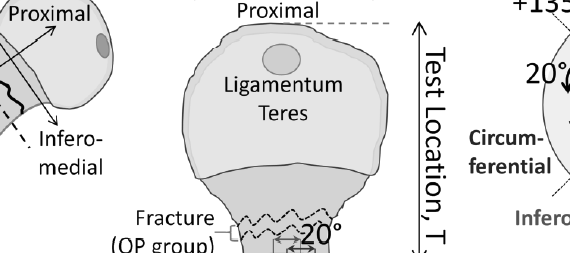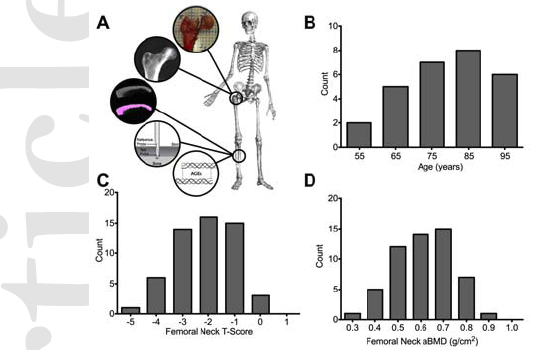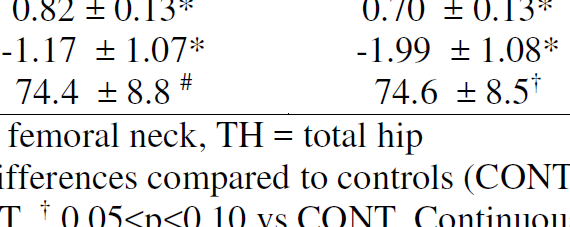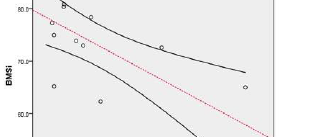Abstract In contrast to traditional approaches to fracture risk assessment using clinical risk factors and bone mineral density (BMD), a new technique, reference point microindentation (RPI), permits direct assessment of bone quality; in vivo tibial RPI measurements appear to discriminate patients with a fragility fracture from controls. However, it is […]
DXA
Abstract The diagnosis of fracture risk relies almost solely on quantifying bone mass, yet bone strength is governed by factors at multiple scales including composition and structure that contribute to fracture resistance. Furthermore, aging and conditions such as diabetes mellitus alter fracture incidence independently of bone mass. Therefore, it is […]
Abstract We tested whether cortical bone tissue properties assessed by in vivo impact microindentation would distinguish postmenopausal women with recent distal radius (DRF) or hip fracture (HF) from nonfracture controls (CONT). We enrolled postmenopausal women with recent DRF (n = 57), HF (n = 41), or CONT (n = 93), and used impact microindentation to assess […]
Abstract Gaucher disease (GD), one of the most common lysosomal disorders (a global population incidence of 1:50,000), is characterized by beta-glucocerebrosidase deficiency. Some studies have demonstrated bone infiltration in up to 80% of patients, even if asymptomatic. Bone disorder remains the main cause of morbidity in these patients, along with […]




